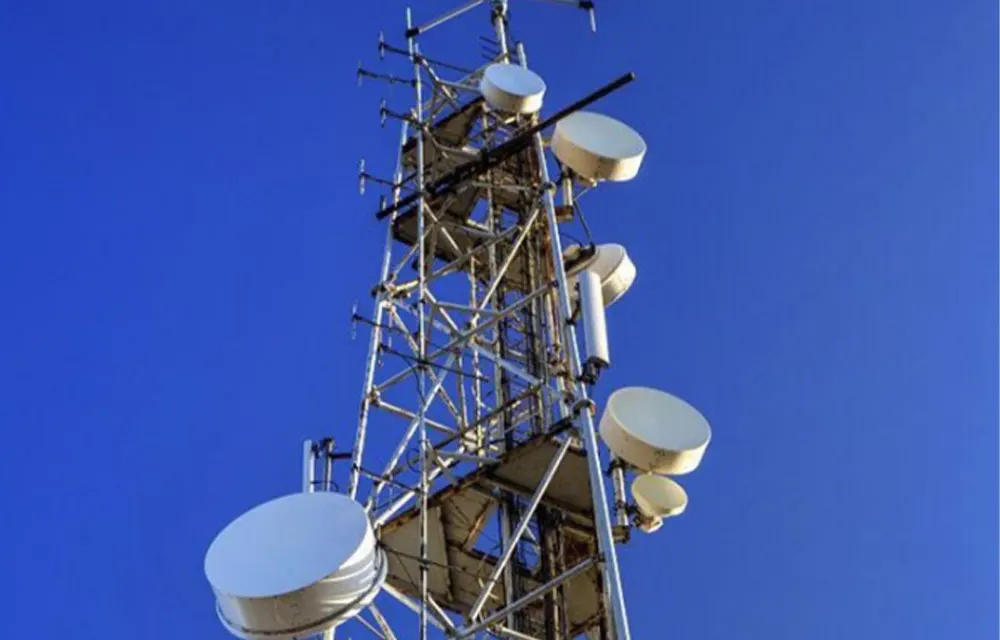The Cornerstone of Power Transmission: The Functions and Diverse Classifications of Poles and Towers
2025-07-29
The function of the tower
A pole or tower is a rod-shaped or tower-shaped structure used to support conductors, ground wires and other accessories, keeping the conductors at an allowable safe distance from the ground, crossing objects or other buildings.

Classification of poles and towers
Due to the consideration of factors such as voltage level, conductor and ground wire models, meteorological conditions, terrain conditions, processing and transportation, there are numerous types of poles and towers. Line towers can be classified according to structural materials, structural forms, force characteristics, number of circuits, terrain conditions, etc.
(1) By structural materials. Towers can mainly be classified into reinforced concrete structures, steel structures, etc. according to their structural materials. 1) Reinforced concrete structure tower. Reinforced concrete structure poles and towers, also known as reinforced concrete electric poles, are currently mainly used in transmission lines with relatively low voltage levels and where the force on the poles and towers is not significant. Self-standing or auxiliary string-pulling methods are adopted, with single poles being the main type, but there are also combinations such as double poles or triple poles. Reinforced concrete poles are prefabricated in factories, featuring a high degree of standardization, a short production cycle, and a small amount of on-site assembly work. They are widely used in low-voltage transmission lines. Its drawback is that the main structure is relatively heavy and cumbersome, making transportation inconvenient in mountainous areas and prone to cracking. Compared with ordinary cement poles, prestressed reinforced concrete poles can reduce the weight of the pole body and improve the crack resistance performance.
(2)Steel structure poles and towers. Steel structure towers are mainly divided into two forms: truss structure iron towers and steel pipe poles.
a. Iron Tower. The iron tower is a spatial truss structure. Its constituent components are generally made of Angle steel, steel plates and steel pipe parts, and are combined by bolts and welds. According to the differences in the main load-bearing members, they are further classified into Angle steel towers and steel pipe towers. The members of the Angle steel tower are mainly composed of single equilateral Angle steels or combined Angle steels. The entire tower structure is mainly made up of Angle steels, connecting steel plates and bolts. After the tower processing unit prefabricated each member and node plate and other components in the factory, the small parts were transported to the construction site and the entire tower was assembled and erected through bolt connections. Due to its mature processing, transportation and assembly technologies and few environmental restrictions, it has been widely applied in transmission lines.
The main difference between steel pipe towers and Angle steel towers is that the main members of this type of tower are steel pipe components, which are generally important load-bearing components on the main body of the tower. There are also cases where steel pipe components are used in parts such as crossbars and connected through flanges or spherical nodes, etc. Compared with Angle steel towers, steel pipe towers have the advantages of low wind pressure of components, high rigidity, simple structure and clear force transmission. They can fully exert the load-bearing performance of materials and have technical and economic superiority. They are widely used in China's ultra-high and extra-high voltage and large-span transmission lines with large force loads. Of course, due to the large volume of individual components in steel pipe structures, higher requirements are put forward for on-site transportation at the construction site.
b. Steel pipe rods. Steel pipe rods refer to a form of steel structure in which the main structure is composed of single or multiple steel pipe components rigidly connected. For areas with tight land resources represented by urban districts, suburbs and development zones, steel pipe poles are widely used in urban power transmission lines due to their features such as small foundation occupation, compact corridor planning, convenient and rapid construction and assembly, and high coordination with the surrounding environment. Of course, steel pipe rods, due to their less reasonable force-bearing compared to truss structures, have relatively larger steel indicators under the same conditions. Although each base occupies a relatively small area, the number of towers is dense and there are many tower positions. The single member is relatively large in volume and has poor applicability in areas with difficult transportation.
Poles and towers play a crucial role in power transmission. They not only support conductors and ground wires, ensuring a safe distance from the ground and other obstacles, but also exhibit diverse structural forms based on different voltage levels, meteorological conditions and terrain features. Whether it is a reinforced concrete structure or a steel structure tower, each has its unique advantages and applicable scenarios.
With the continuous growth of electricity demand and the advancement of infrastructure construction, the design and application of poles and towers are also constantly evolving. In the future, with the introduction of new materials and technologies, the performance and economy of poles and towers will be further enhanced, providing a more solid foundation for the sustainable development of the power industry. Through reasonable selection and layout of poles and towers, not only can the efficiency of power transmission be improved, but also the impact on the environment can be effectively reduced, promoting the power industry to develop in a more efficient and environmentally friendly direction.

Hey, I’m Chunjian Shu
"X.Y. Tower: Reliable, innovative solutions for high-quality towers and electrical equipment with professional service.
